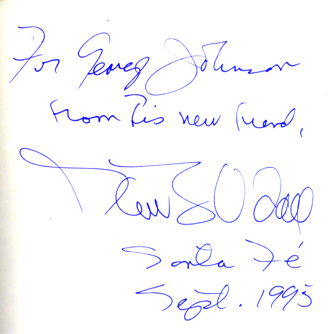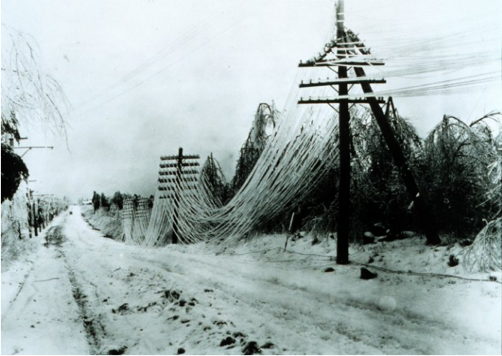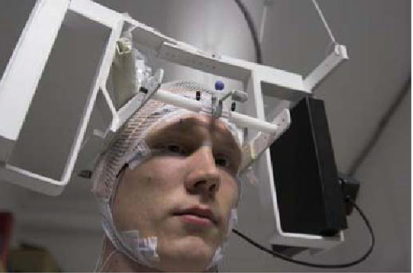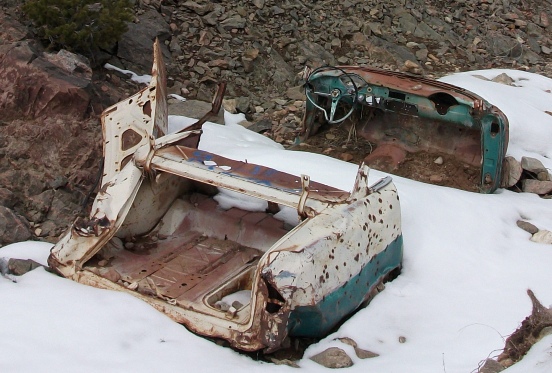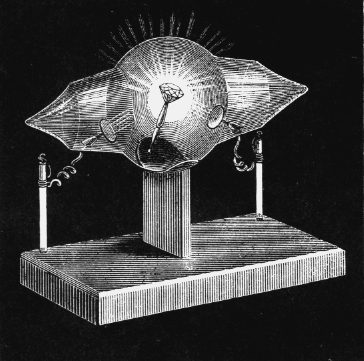Scientific truth is cumulative, and no single experiment can be taken as more than a clue. To be believed it must be replicated and stitched into the expanding web of knowledge. The journals are littered with isolated observations that turned out to be wrong.
In the comments section of the New Mexican story mentioned here yesterday, William Bruno, the anti-wireless activist, apologizes to the City Council for flying off the handle during the Tea Party-like chaos at Wednesday night’s meeting. Then he refers to four studies he takes as support for his views on the dangers of wireless technology:
I really could not contain my anger [he wrote] when the NewPath
lawyer said they "wanted to be good neighbors." How can you be a
good neighbor and install something that alters people's EEG
(brainwave rhythm, see W. Bise 1978), causes headaches in
literally a third of the population (Hutter 2006), causes sleep
loss and nausea (Santini 2003)? . . .
(NewPath is the company that has applied for a franchise to install a system of small wireless antennas in town.) Further down, in response to another comment, Mr. Bruno writes:
You don't know the risks. All we have is data showing that cell
phones AT LEAST double your risk of brain tumor. In experiments
on mice, EVERY mouse had brain damage (Salford 2003) when exposed
to cell phone levels of microwave radiation for just two hours .
. .
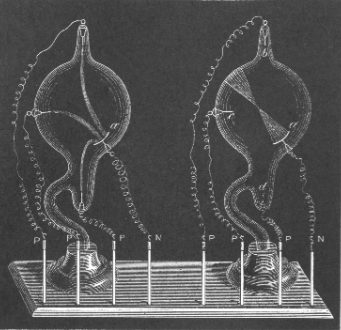
19th Century Cathode Ray Tube. (William Crookes, 1879)
Citation dropping, like name dropping, is a quick way to draw attention to yourself and your arguments. But what do the studies actually say? I couldn’t find an online version of the first one (Bise W., “Low power radio-frequency and microwave effects on human electroencephalograms and behavior,” Journal
Physiolo. Chem. Phys. [1978], 10[5]:387-398) probably because it is almost a third of a century old. Anyway, it is not too surprising that the electromagnetic field emitted by your cell phone might affect the shape of the electromagnetic field emitted by your brain. But is that dangerous? A research group at the University of Ottawa’s McLaughlin Centre for Population Health Risk Assessment methodically examined several studies, concluding that there were no persuasive signs of harm. The excellent FAQ on the group’s website should be read by our city councilors before they let themselves be blinded again by pseudoscience.
The other three papers Mr. Bruno cites are readily available on the Web. The Hutter study, he says, shows that wireless communication technology “causes headaches in literally a third of the population.” What it really found is far less alarming. First of all, the subjects were not cell phone users but people living near cell phone towers. After interviewing 365 of them, the researchers concluded that there was a greater-than-chance possibility that those exposed to higher levels of electromagnetism experienced more frequent headaches. Other research has found no such correlation.
In Santini 2003 French scientists mailed a questionnaire to volunteers and concluded that those who said they lived near cell towers were more likely to complain of sleeplessness, nausea, and other malaise. But again other studies contradict this. The University of Ottawa’s McLaughlin Centre provides some perspective: When you step back and look at the full body of research, there is no obvious link between headaches, amnesia, chronic fatigue, or other subjective symptoms and cell phone technology. Not for cell phone users or for those living near a transmitting station.
Finally there is Salford 2003 in which researchers exposed 32 rats to cell phone frequencies and then cut open their heads. They found what are known as “dark neurons,” which they interpreted as brain damage. The researchers conceded the difficulty of determining whether the effect was caused by cell phone radiation or by the trauma of what amounted to a brainectomy. In fact neurotoxicologists question whether dark neurons are really a sign of brain damage or just an experimental artifact.
Subtleties like these are beyond the ability of local governments to resolve. That is why the Telecommunications Act of 1996 doesn’t allow fears of health effects to be used as a reason for municipalities to block wireless technology that meets federal standards for the emission of electromagnetic waves. You can question the standards, but I’d rather have them decided in Washington than at Santa Fe City Hall.
George Johnson
The Santa Fe Review

Related post: Electromania, Part 1
